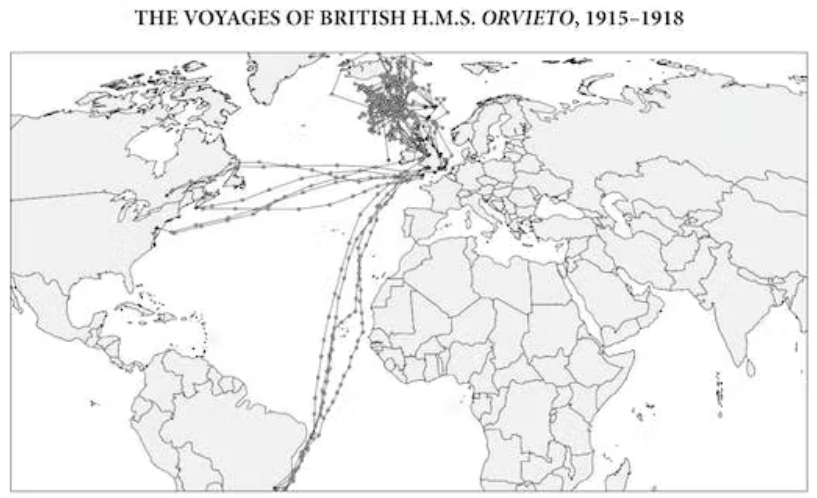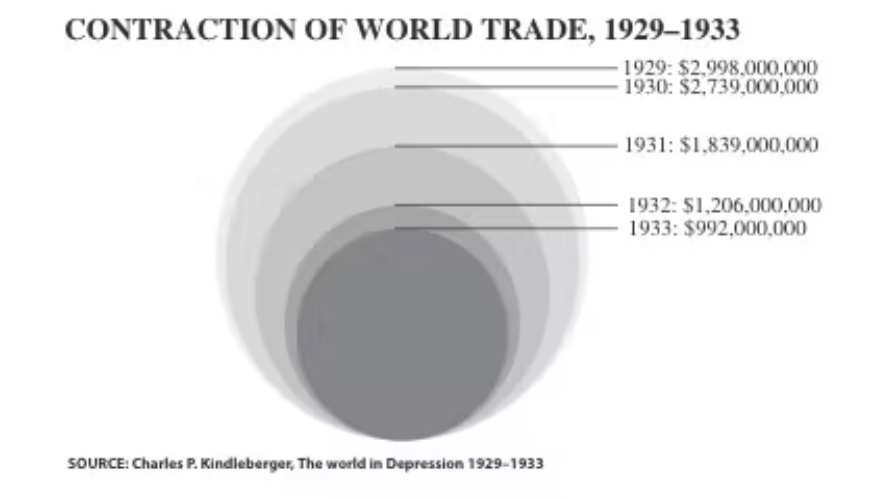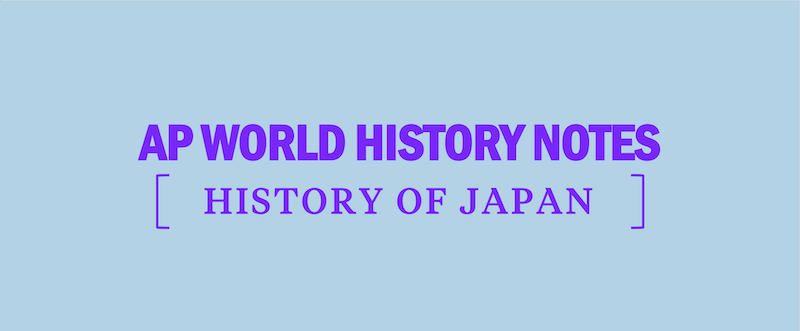AP World History Practice Questions: Quiz 2
Test your readiness for the AP World History exam with the following quiz.
Answer 1 A: The passage describes the events of Cuban-supported leftist groups in Central and South America and their efforts to support communism in the region. As such, these events can be best seen as a reaction against capitalism; (a) is correct. Marxism advocated for the over- throw of the moneyed classes, which would be followed by a “workers’ state.” The groups in this passage did not oppose Marxism, but rather supported it, making (B) incorrect. (C) and (D) are incorrect because these groups generally supported both nationalism and anti- colonialism, preferring for their countries to be able to govern without outside influence.
Answer 2
A: The 13 British colonies primarily provided England with their natural resources instead of growing their own industries; this reflects the system of mercantilism, making (a) correct. Feudalism was a medieval social system, which generally required peasants to serve vassals, who in turn served nobles; this system is not reflected in the passage, so (B) is incorrect. (C) is incorrect because monarchism is a political system, in which a monarch such as King George III of Great Britain rules over his people. (D) is incorrect because economic liberalism is a system that advocates for free trade and minimal government regulation of the economy, which contrasts with the mercantilist trade described in the passage.
Answer 3
B: The map shows the movements of a British ship during World War I to locations where fighting was not occurring; these voyages must have been related to obtaining supplies during the war effort. Indeed, ships such as the H.M.S. Orvieto accompanied Allied civilian ships in order to protect them against German U-boat attacks. Even during peacetime, European countries such as Great Britain did not have sufficient raw materials to supply their factories and thus developed international trade relations, usually involving less developed nations and territorial possessions supplying raw materials for industry in more developed nations. (B) correctly reflects the importance of these trade relations. (A) is incorrect because Britain still ruled India during World War I; India did not become autonomous until after World War II. Though the British Empire was large and spanned multiple continents, the map does not depict the extent of these colonies, making (C) incorrect. (D) is incorrect because sea transportation was vital to the world economy in the early twentieth century; although railroads and automobiles could be used overland, sea travel was the only way to transport goods or people across oceans before the development of jets.
Answer 4
A: Reagan is admonishing Gorbachev to signal the decline of Cold War tensions by tearing down the Berlin Wall, which for decades had separated Berlin into a democratic west and communist east. Reagan’s speech is in the midst of the thawing of Cold War tensions; the Communist Party was seeking increasingly liberal policies while trying to hold together the collapsing Soviet Union in light of its struggling economy and internal pressures. (A) is correct because it reflects one of the factors that would lead to the collapse of the Soviet Union. (B) is incorrect because the Soviet Union’s involvement with Korea dated back to its support in the 1950s for the communist North during the Korean War; the Soviet Union did not invade Korea during the decline of the Cold War. (C) is incorrect because the reunification of Germany was a result of the collapse due to the loss of Soviet control of East Germany. While nuclear buildup certainly characterized the Cold War era, (D) is incorrect because the collapse of the Soviet Union was during a period of nuclear deescalation.
Answer 5
A: The diagram depicts the diminishing world economy in the midst of the Great Depression. Factors contributing to World War II included expansionism, nationalism, and the rise of fascist and totalitarian states; the latter were able to ferment in the political and economic instability that emerged after World War I and were exacerbated by the Great Depression. (A) is correct. (B) and (D) are incorrect because they reflect developments that occurred after World War II, during the postwar ideological conflict of democratic and communist superpowers and the breakdown of colonial empires. (C) is incorrect because traditional land-based empires, such as Russia, China, and the Ottoman Empire, collapsed in the years of political turmoil before, during, and after World War I, not as a result of the Great Depression.




